Tucked away in the southern part of the state of Rajasthan, Bassi Wildlife Sanctuary is a serene and lesser-known destination that offers a unique experience for nature and wildlife enthusiasts. This sanctuary covers about 82 square kilometres and is known for its diverse flora and fauna, picturesque landscapes, and tranquil environment. It provides a peaceful retreat from bustling city life, making it a great spot for those looking to connect with nature and observe wildlife in their natural habitat.
Bassi Wildlife Sanctuary Location
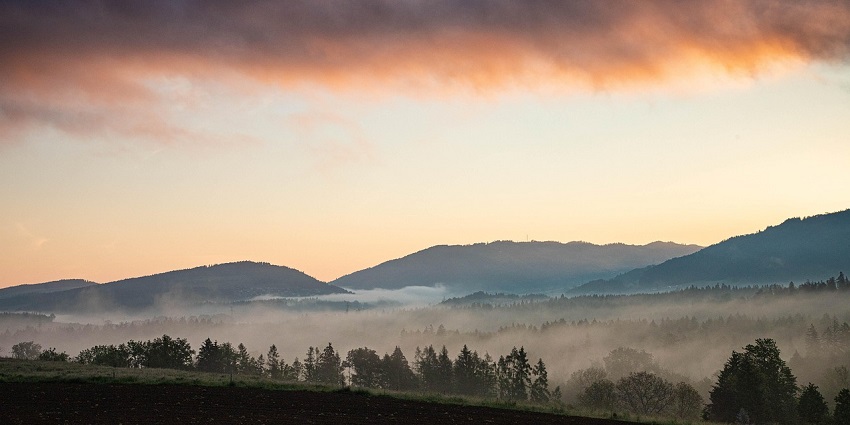
Photo: Fotomaercu / Pixabay / Image For Representation Only
Bassi Wildlife Sanctuary is in the Chittorgarh district of Rajasthan, India. Situated about 30 kilometres south of Chittorgarh, the sanctuary is set amidst a beautiful landscape of rolling hills, dense forests, and open grasslands. It is part of the Aravalli Mountain range, which provides a picturesque backdrop to the sanctuary’s natural beauty and rich biodiversity.
Suggested Read: Things To Do In Chittorgarh
How To Reach Bassi Wildlife Sanctuary
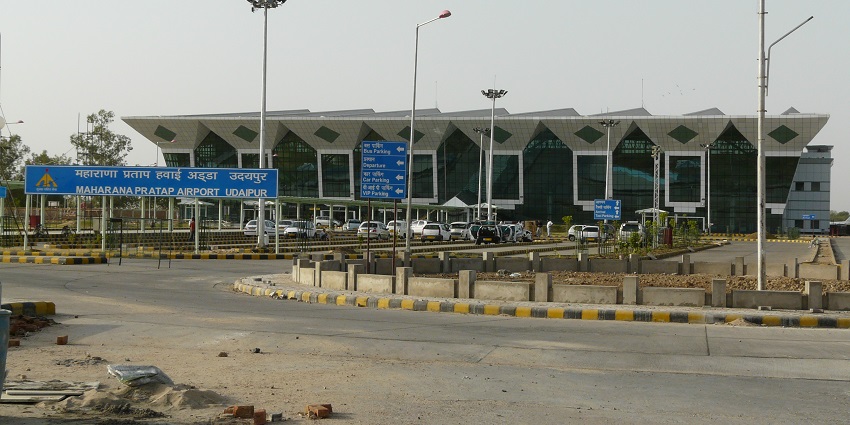
Photo: Northside / Wikimedia Commons
By Air: The nearest airport to Bassi Wildlife Sanctuary is Maharana Pratap Airport in Udaipur, approximately 95 kilometres away. You can hire a taxi from the airport or use local transport to reach the sanctuary. The drive from Udaipur to Bassi offers scenic views of the Rajasthani countryside and the Aravalli range.
By Bus: Bassi is well-connected by road, with regular bus services from major cities in Rajasthan. You can take a bus to Chittorgarh, which is the nearest major town, and then hire a taxi or take local transport to reach Bassi Wildlife Sanctuary. The bus journey provides a glimpse into rural Rajasthan’s landscapes and traditional life.
By Rail: Chittorgarh Railway Station is the nearest railway station to the sanctuary, located around 30 kilometres away. You can hire a cab from the station or take a local bus to reach Bassi. The train journey offers a view of the diverse terrain of Rajasthan, including its vast plains and rolling hills.
Places To Visit In And Around Bassi Wildlife Sanctuary
Near Chittorgarh, this sanctuary offers an opportunity to experience diverse flora and fauna, while nearby attractions provide a deeper insight into the region’s cultural and historical significance.
1. Bassi Fort
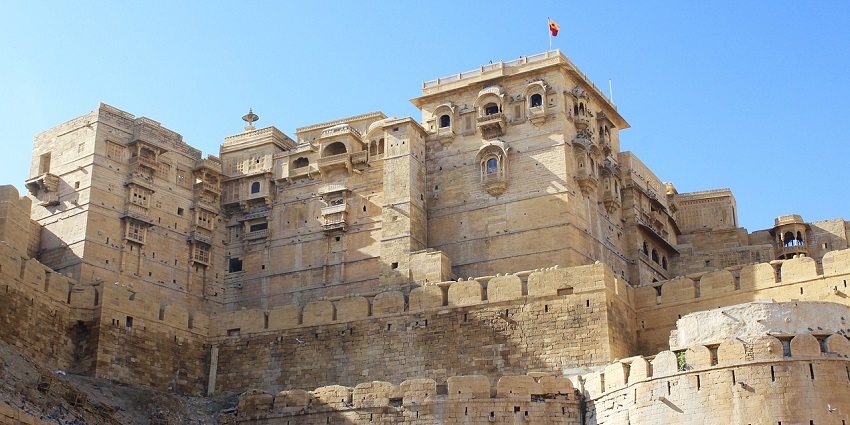
Photo: Pexels / Pixabay / Image For Representation Only
Bassi Fort, a historic landmark near the wildlife sanctuary, is a must-see for visitors. Constructed in the 16th century, the fort showcases the region’s rich history and architectural splendour. Its robust walls and strategic position offer breathtaking panoramic views of the surrounding landscape and the sanctuary. Exploring the ancient ruins, visitors can immerse themselves in the fort’s historical importance, making it an enriching addition to the visit. The fort’s heritage and serene setting provide a captivating glimpse into the past, adding depth and intrigue to your experience at Bassi Wildlife Sanctuary.
Timings: 9 AM – 5 PM
Entry Fee: ₹50 for Indians, ₹100 for foreign nationals
Suggested Read: Jauhar Kund Chittorgarh Fort
2. Chittorgarh Fort
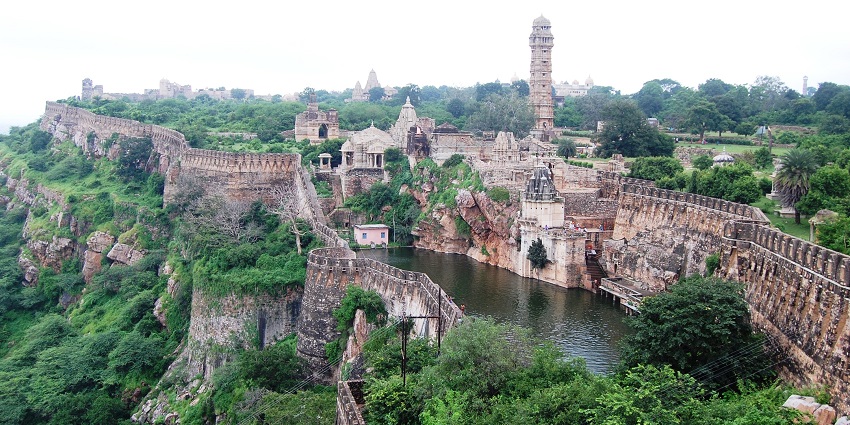
Photo: Ssjoshi111 / Wikimedia Commons
Chittorgarh Fort, a UNESCO World Heritage Site, is just a short drive from Bassi Wildlife Sanctuary. As one of India’s largest and most impressive forts, it is famed for its majestic architecture, historical importance, and expansive complexes. The fort is home to numerous temples, palaces, and reservoirs, each showcasing unique historical and architectural details. A visit to Chittorgarh Fort offers a fascinating insight into the region’s rich cultural and historical heritage, making it an essential stop for anyone exploring the area around Bassi Wildlife Sanctuary.
Timings: 9 AM – 6 PM
Entry Fee: ₹100 for Indians, ₹600 for foreign nationals
3. Kumbha Shyam Temple
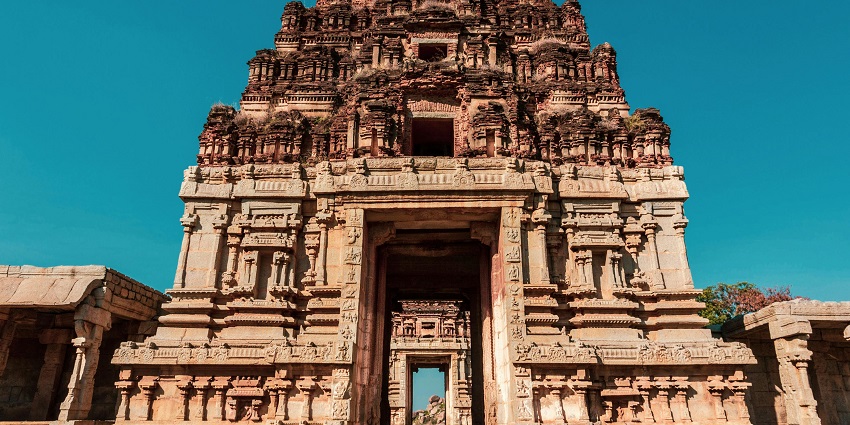
Photo: Balaji Srinivasan / Pexels / Image For Representation Only
Kumbha Shyam Temple, near Bassi, is a historic Hindu temple dedicated to Lord Vishnu. Constructed in the 15th century, the temple is celebrated for its intricate carvings and stunning architectural design. Its tranquil atmosphere, combined with its cultural and religious significance, makes it a peaceful destination for those keen to explore the local heritage. Set amidst the natural beauty of the region, the temple’s picturesque surroundings add to its charm, offering visitors both spiritual reflection and an appreciation of the area’s historical legacy.
Timings: 6 AM – 8 PM
Entry Fee: Free
Suggested Read: Top Temples In Rajasthan To Visit On A Religious Trip
4. Narmada Canal
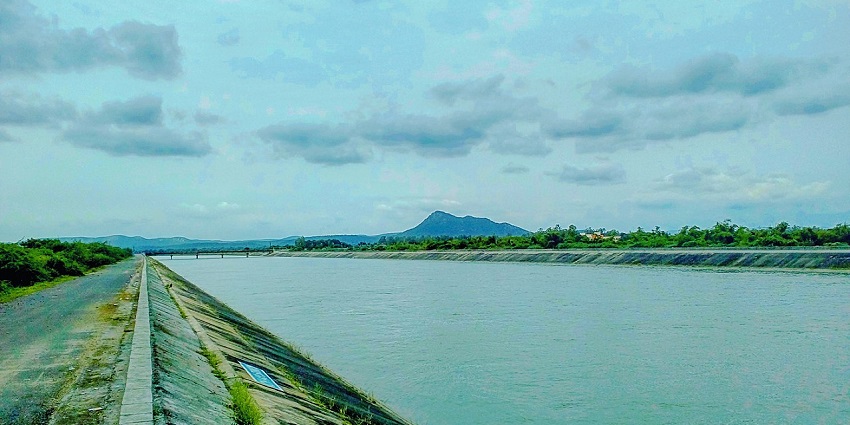
Photo: Krunal rathva / Wikimedia Commons
The Narmada Canal, flowing through the region, offers a peaceful and scenic setting for visitors. As part of the Narmada Valley Project, the canal plays a vital role in providing irrigation to the surrounding areas, while enhancing the natural beauty of the landscape. Visitors can enjoy leisurely strolls along the canal’s banks, soaking in the serene atmosphere and observing the local wildlife that frequents the water. Its tranquil environment makes it a perfect spot for nature lovers and those seeking a calm retreat amidst the area’s lush greenery.
Timings: Accessible throughout the day
Entry Fee: Free
Where To Stay

Photo: Engin_Akyurt / Pixabay / Image For Representation Only
Accommodation options near Bassi Wildlife Sanctuary range from budget guesthouses to mid-range hotels. In Chittorgarh, popular options include the Hotel Pratap Palace, which offers comfortable rooms and basic amenities, and the Hotel Meera, known for its affordable rates and proximity to local attractions. For a more immersive experience, consider staying at a local guest house or resort near the sanctuary, which provides a closer connection to nature and a more tranquil environment.
Suggested Read: Places To Visit Near Chittorgarh
Where To Eat
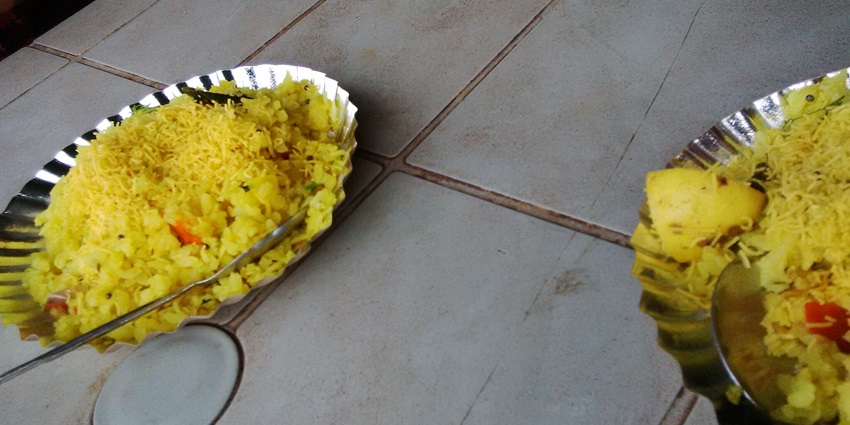
Photo: Raveesh / Wikimedia Commons
Dining options near Bassi Wildlife Sanctuary include local eateries and restaurants in Chittorgarh. Popular spots include the Shree Ram Restaurant, known for its authentic Rajasthani cuisine and comfortable dining environment, and the Rajasthani Restaurant, which offers a variety of traditional dishes. For a more local experience, try street food vendors in Chittorgarh, offering a range of regional delicacies.
Best Time To Visit Bassi Wildlife Sanctuary
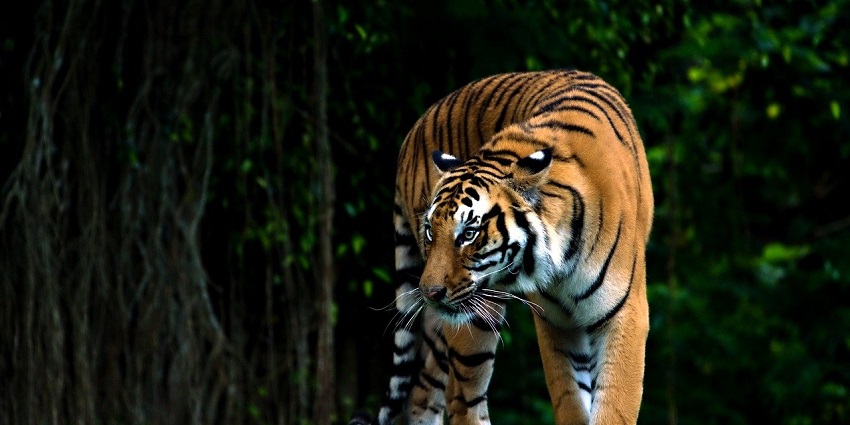
Photo: ignartonosbg / Pixabay / Image For Representation Only
The best time to visit Bassi Wildlife Sanctuary is from October to March. During these months, the weather is cooler and more comfortable, making it ideal for exploring the sanctuary and observing wildlife. The temperatures during this period are pleasant, and the risk of rain is minimal, allowing for enjoyable outdoor activities and wildlife sightings.
Suggested Read: Explore The Top Wildlife Sanctuaries In Rajasthan For A Wild Adventure
Other Factors To Consider
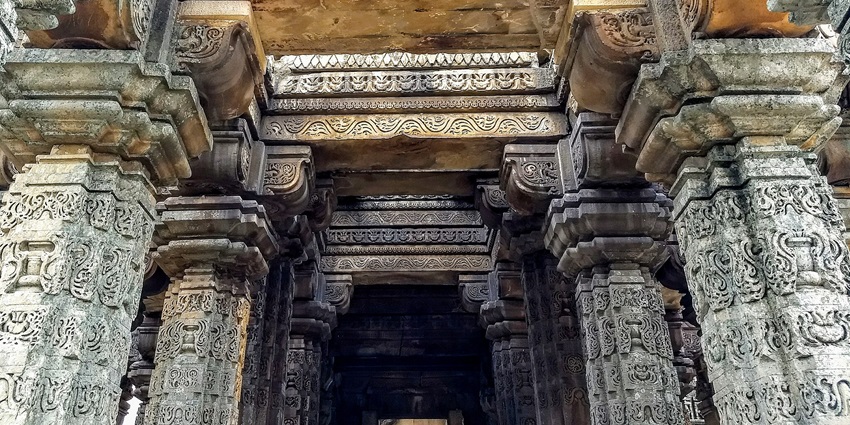
Photo: ambquinn / Pixabay / Image For Representation Only
Average Cost Of Trip
A typical trip to Bassi Wildlife Sanctuary can cost between ₹8,000 to ₹15,000 per person, depending on your choice of accommodation, dining, activities and Bassi Wildlife Sanctuary entry fee. Budget options and local eateries can help manage expenses, while luxury stays and guided tours will increase the overall cost. Be sure to factor in travel costs, entry fees, and any additional activities you plan to undertake.
Tips For Travellers
- Book your accommodation and any guided tours in advance, especially during peak seasons, to ensure availability and secure the best rates.
- Bring comfortable clothing, good walking shoes, and essentials like sunscreen and a hat to protect yourself from the sun. Binoculars and a camera will enhance your wildlife observation experience.
- Follow all guidelines and regulations provided by the sanctuary authorities to ensure a respectful and safe experience for both you and the wildlife.
- Carry enough water, especially if you plan to explore the sanctuary or nearby areas during the day.
Bassi Wildlife Sanctuary is a must-visit for nature enthusiasts and wildlife lovers alike. Its serene landscapes, rich biodiversity, and proximity to cultural sites make it an ideal destination for an unforgettable experience. Whether you’re looking to explore the sanctuary or the surrounding attractions, plan your trip with ease using TripXL for seamless bookings and personalised travel experiences tailored to your needs.
Cover Photo: Ria Truter / Unsplash / Image For Representation Only


 WhatsApp
WhatsApp
 Twitter
Twitter









